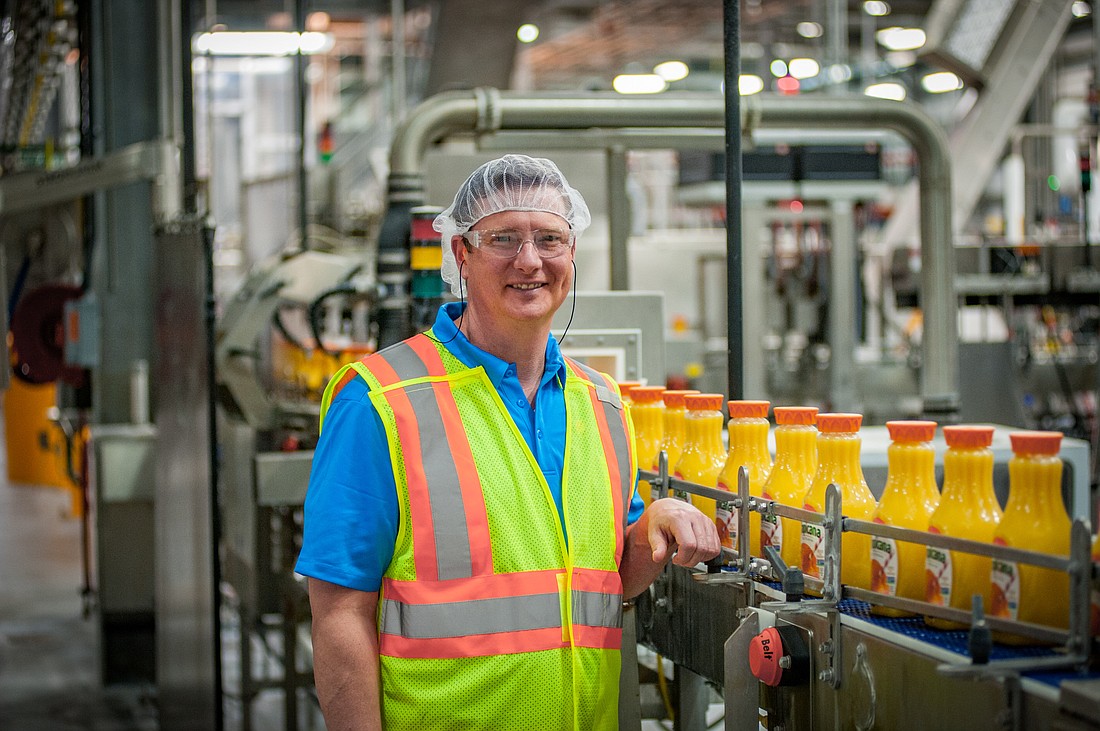- December 19, 2025
-
-
Loading

Loading

One of the main sources of Tropicana orange juice — one of the most widely recognized orange juice brands in the world — comes from a plant in Bradenton.
But for the most part that facility, which, along with a smaller plant in Fort Pierce service all of North America with Tropicana OJ, does its work relatively out of the way. While mostly closed off, a recent peek behind the scenes, during a plant tour for Florida Recycling Partnership members, reveals one of the area’s most prolific manufacturing ventures. The processes, explained by Bradenton Plant Director Cliff McDerment, reveal precise attention to detail and a focus on the final product — good guidelines for any business.